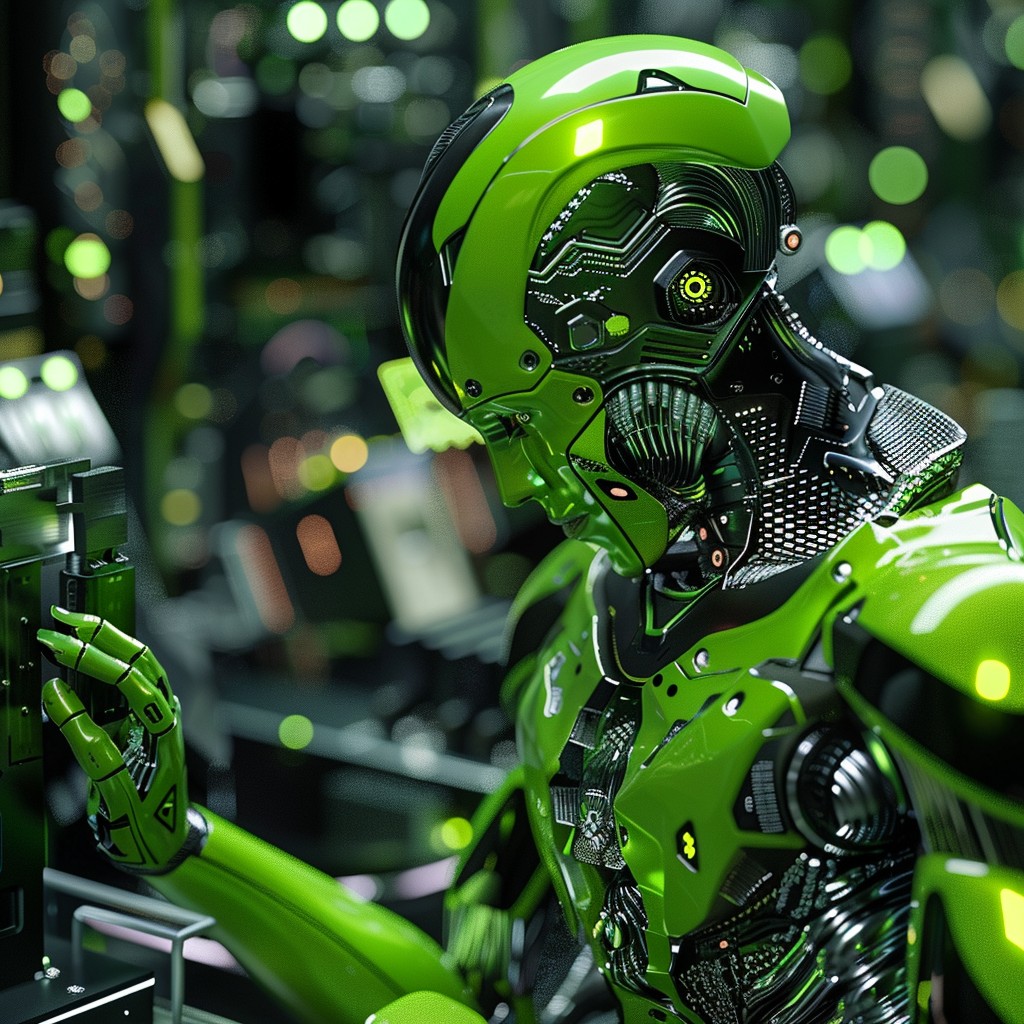NVIDIA, a leading provider of AI accelerators, has substantially improved its supply chain efficiency, resulting in significantly reduced delivery times for its AI GPUs. According to reports from UBS analysts, NVIDIA has slashed the wait time for its AI GPUs from an average of 8-11 months to just 3-4 months. This development follows the company’s strategic efforts to diversify and enhance its supply chain infrastructure.
NVIDIA strategic partnerships
The improvement in delivery times can be attributed to NVIDIA’s proactive approach to scaling up its partnerships within the supply chain ecosystem. One key initiative includes the incorporation of Samsung Foundry to oversee the management of the High Bandwidth Memory (HBM) department.
Additionally, existing partners such as TSMC and SK hynix have significantly expanded their production capacities to meet the rising demand for NVIDIA’s AI accelerators. TSMC, for instance, is reported to have ramped up its CoWoS output to 32,000 units by the end of the year, marking a substantial increase compared to previous output levels. Such enhancements in production capabilities have contributed to a more robust semiconductor supply chain landscape.
Challenges and potential risks loom amidst political conflicts and competition
Despite the notable improvements in supply chain efficiency, NVIDIA faces challenges that could pose financial risks. The company has encountered a decline in AI consumer interest due to geopolitical tensions, particularly concerning export restrictions imposed on its cutting-edge H100 and A100 AI GPUs to China. These restrictions have resulted in declining sales, as Chinese clients constitute a significant portion of NVIDIA’s revenue from the data center segment.
Moreover, competitors such as AMD and Huawei are intensifying their efforts to narrow the gap with their respective offerings, impacting NVIDIA’s market position. Although NVIDIA maintains its dominance, with over 90% of the AI market share, it must navigate these challenges effectively to sustain its competitive edge.
NVIDIA’s successful reduction in AI GPU delivery times reflects its commitment to enhancing its supply chain resilience and responsiveness. Strategic partnerships and production expansions have played a pivotal role in achieving this milestone.
However, the company must address looming challenges, including geopolitical tensions and intensifying competition, to mitigate potential financial risks. As NVIDIA continues to innovate and adapt to evolving market dynamics, its ability to effectively manage these challenges will be critical in sustaining its leadership position in the AI market.





